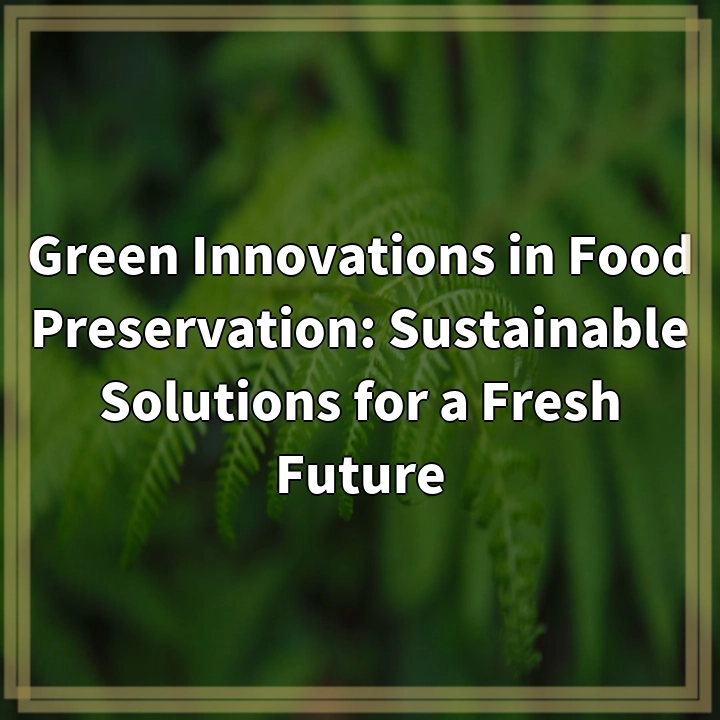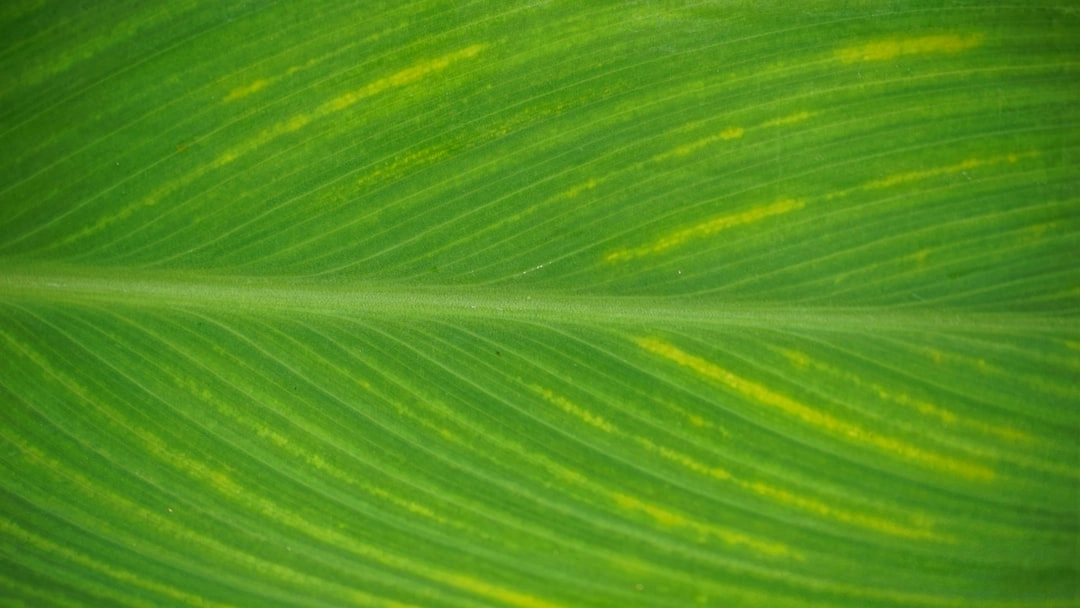
What it is:
Green innovations in food preservation refer to environmentally friendly methods and technologies designed to extend the shelf life of food while minimizing waste and reducing the ecological footprint. These innovative approaches utilize natural materials, energy-efficient processes, and sustainable practices to enhance food safety and quality. Techniques such as vacuum packaging, modified atmosphere packaging, natural preservatives, and biodegradable materials are just a few examples of how the food industry is adapting to meet consumer demands for sustainability.
Key Technologies in Green Food Preservation
Some noteworthy advancements include the use of essential oils derived from plants as natural preservatives, innovative refrigeration methods that require less energy, and edible coatings made from biodegradable materials. These technologies not only help maintain the freshness of food but also contribute to reducing the significant environmental impact associated with traditional food preservation methods.
Real-world Problems
Despite the promising prospects of green innovations in food preservation, several real-world problems persist. The global food supply chain is plagued by immense food waste, with approximately one-third of food produced for human consumption being lost or wasted each year. This not only signifies a waste of resources but also contributes to greenhouse gas emissions when food decomposes in landfills.
Challenges in Adoption
An additional challenge lies in the widespread adoption of green preservation methods within the industry. Many traditional food preservation techniques are deeply entrenched in manufacturing practices, making it difficult for companies to shift towards more sustainable alternatives. Financial constraints, lack of awareness, and regulatory hurdles can also hinder the transition to greener technologies.
Consumer Awareness and Education
Moreover, consumer awareness and understanding of these innovations vary significantly. While some consumers actively seek sustainable options, others remain oblivious to the environmental implications of their food choices. This gap can limit the demand for green preserved foods, potentially stifling the growth of sustainable practices in the food industry.
Environmental Impact
Finally, the environmental impact of traditional food preservation methods, such as excessive reliance on chemical preservatives and plastic packaging, continues to pose significant challenges. These practices contribute to pollution, habitat destruction, and degradation of natural resources, underscoring the urgent need for a shift towards sustainable solutions in food preservation.

Solutions for Green Innovations in Food Preservation
Addressing the challenges associated with food preservation requires innovative solutions that combine sustainability with effective techniques to reduce waste. Below are some promising solutions that can help mitigate the environmental impact of food preservation while ensuring safety and quality.
Embracing Natural Preservatives
Utilizing natural preservatives such as essential oils, citric acid, and vinegar can effectively extend the shelf life of food without the negative side effects of synthetic chemicals. These natural alternatives are not only biodegradable but also safe for human consumption, appealing to health-conscious consumers.
Energy-Efficient Technologies
Implementing energy-efficient technologies, such as improved refrigeration systems and innovative packaging solutions, can significantly reduce energy consumption in food preservation. These technologies help maintain optimal storage conditions while minimizing the carbon footprint associated with traditional preservation methods.
Revolutionizing Packaging
Adopting biodegradable and recyclable packaging materials can help decrease plastic waste in food preservation. Innovations such as edible coatings and modified atmosphere packaging enhance product longevity and freshness while aligning with sustainability goals.
Consumer Engagement and Education
Improving consumer engagement and education around sustainable food choices is crucial. By raising awareness of the benefits of green innovations in food preservation, consumers can make informed decisions that prioritize sustainability, ultimately driving demand for eco-friendly products.
Policy Support and Industry Collaboration
Creating supportive policies and fostering collaboration within the food industry can facilitate the adoption of green preservation methods. Providing incentives for businesses to invest in sustainable technologies and emphasizing the importance of reducing food waste can lead to significant improvements in both environmental and economic outcomes.
Research and Development
Continuing research and development in the field of food preservation is essential for discovering new methods and technologies that align with sustainability goals. Investing in innovation can lead to breakthroughs that address existing challenges while ensuring food safety and minimizing ecological impact.















